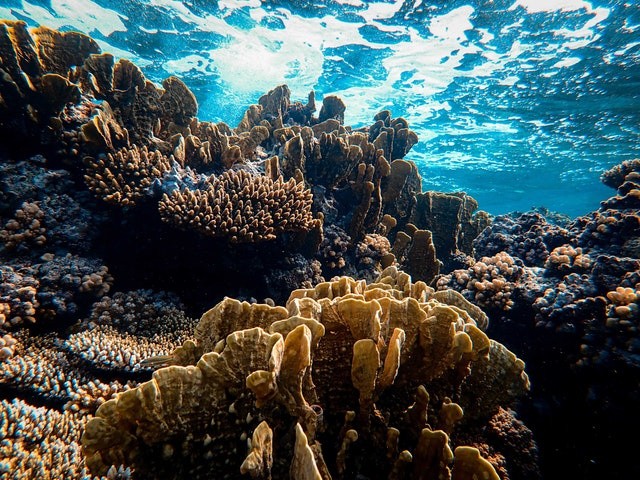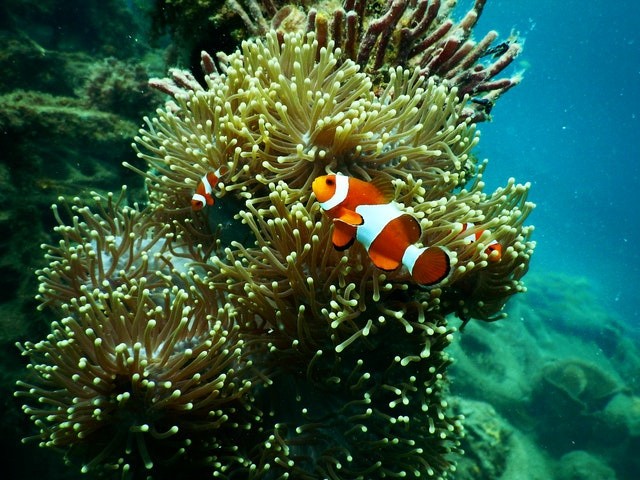It's almost 10 p.m, and Dr. Kate Quigley is still inspecting corals with red lights in order to minimize the impact on the animals' behavior.
A researcher at the Australian Institute of Marine Science, Quigley, is looking for "little red dots all over the surface." It is a common sign that a coral is about to spawn, and the release of small bubbles of sperm and eggs.

Coral Spawning: One of Earth's Greatest Biological Spectacles
Corel spawning occurs once a year. Multiple species of corals in the Great Barrier Reef synchronize the release of their sperm and eggs for several days after the November full moon - this year on the 19th of November. As these bundles float to the surface, they fertilize and develop into immature corals that eventually settle on the reef, forming new coral colonies.
Captive corals spawn at the same time as they do in the wild, and this is true for the SeaSim. Late into the night, Quigley and her colleagues have been meticulously collecting spawn bundles for a selective breeding experiment this week.
In the SeaSim, scientists can duplicate the time and intensity of both sunshine and moonlight for corals housed inside recreating the natural signals that the corals would need.
Efforts Aimed at Breeding Heat-resistant Coral
There are almost 3,000 separate reefs that make up the Great Barrier Reef, which is approximately the size of Italy. The waters in the northern half of the reef, which is closer to the equator, are naturally warmer than those in the southern part, according to The Guardian.
Quigley explains that those corals up [north] are better suited - simply from the exposure that they've had throughout their lifespan - at coping with higher temperatures. Corals in the southern Great Barrier Reef are more prone to heat waves since it is cooler there.
Quigley's selective breeding study is based on natural variances in heat tolerance. She recently built a machine learning technique that generates GPS coordinates identifying the locations of the most heat-resistant corals.
Scientists want to cross-breed heat-resistant corals with those from the southern Great Barrier Reef.

Climate Change as a Remarkable Threat
The SeaSim may be used to assess how well bred corals, especially those with heat-resistant algae, can tolerate the heat of bleaching episodes in the tank.
Under 2C of global warming, the Intergovernmental Panel on Climate Change assessment predicts that 99 percent of coral reefs would be impacted. In the future, the water is going to warm, not just much, much hotter, but also considerably quicker, Quigley added.
Selective breeding of a Porites coral species, which are large, slow-growing corals that resemble boulders, will be attempted for the first time this year. Sixth species will join the program if everything goes well.
Experts like James Cook University's Prof. Terry Hughes, a world-renowned coral reef expert, believe that the Great Barrier Reef is home to 400 distinct types of coral.
For more news, updates about corals and similar topics don't forget to follow Nature World News!
© 2025 NatureWorldNews.com All rights reserved. Do not reproduce without permission.





